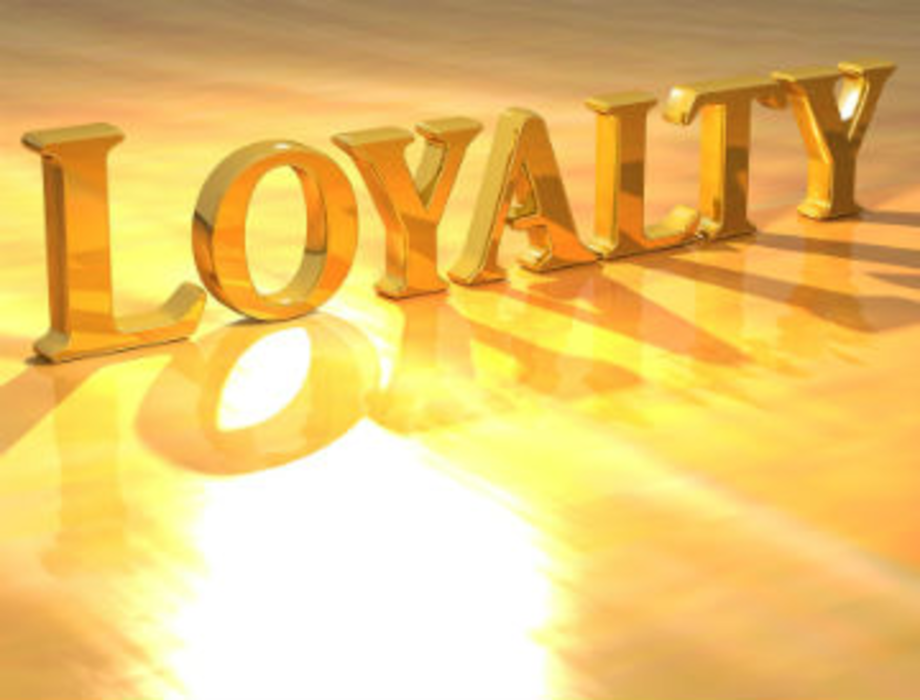Of course, you want both. What company wouldn’t? Aren’t they really the same thing?
No, they are not; they are vastly different concepts with different degrees of usefulness. Just as my last column examined the differences between retention and loyalty, this month I tackle the misconceptions around satisfaction versus loyalty.
Mobile phone service is a good example of an industry with wide satisfaction but little loyalty. Many customers will leave their carrier at the drop of an offer for a new smartphone or prepaid card, yet their current service is perfectly satisfactory. Conversely, citizens of a city with only one airline may rant and complain about that airline, but steadfastly loyal to it—they have no alternatives.
Definitions and differences
Let’s start with the definitions. Customer satisfaction is a self-reported measure of how much customers ‘ like’ a company and how happy they are with goods purchased or services obtained from the company. Customer loyalty, on the other hand, is a company-calculated metric of the likelihood of purchasing again or not defecting to a competitor.
Many of the differences are evident from the definitions. Customer loyalty is measured from the transaction data a company already owns. It’s a testable number, different for every customer, and it can be updated frequently.
Customer satisfaction depends on responses to surveys. Because not all customers respond to a survey (in fact, most don’t), the results are presented as a single number, which represents the satisfaction of the population as a whole. Customers don’t like to be pestered with surveys, so the results are usually updated annually.
Beyond these obvious differences are more important distinctions. The first is temporal. Customer satisfaction is a backward-looking metric, very tightly aligned with how a customer feels about his or her last transaction. It’s quick to grow, and it can disappear even faster after an ugly service transaction or defective product. Customer loyalty is forward-looking, an indicator of future behavior. It’s slow to grow and slow to decline, making it much more suitable to predict future behavior than customer satisfaction.
Correlation with business results
The real shocker about customer satisfaction is that it says nothing about a customer’s future behavior. The critical customer satisfaction questions are:
1. Would you buy from us again?
2. Would you recommend us to a friend or colleague?
For one of our clients, we looked at extensive sets of customer satisfaction survey answers, question by question, and compared those answers, customer by customer, with transaction data for each customer. The inescapable conclusion was that, for the critical questions, there was no correlation to the customer’s future buying behavior.
As hard as that may be for some people to believe, there are several decades of academic research showing that people say one thing and do something else.
Another problem with self-reported surveys is the non-respondent bias. That’s a fancy way of saying that the customers who don’t respond to your survey may believe differently than those who do, hence further distorting the results.
This does not mean that customer satisfaction measurements are worthless. When done after a service call, for example, they can be a good indicator of the effectiveness of the company’s representative. Negative experiences reported by customers on customer satisfaction surveys can be a good mechanism for identifying parts of a company’s offerings that need improvement. Just don’t expect customer satisfaction measures to be reliable or useful company performance metrics.
In contrast to the looseness around customer satisfaction, customer loyalty measures based on transaction data can be very precise, right down to the individual customer level. The graph from last month’s column illustrates how accurate and predictive these measurements can be.
The Last Nail
What really diminishes customer satisfaction, compared to customer loyalty, as a useful marketing metric is how impossible it is to apply satisfaction results to marketing campaigns. Satisfaction results are delivered at the company level and are not actionable at the individual level.
Loyalty measurements, typically updated monthly, are available for every customer. You know which customers are likely to buy in the next 30 days and are good targets for that expensive, new mini-catalog you’ve just developed. You know which customers are trending to defection and should get a bigger incentive offer in the next email campaign. Loyalty measurements are critical to building individually relevant campaigns, and relevance raises response rates.
Not all customers bother to respond to satisfaction surveys (10 to 15% is considered good). Even for those who do, it is totally unclear what to do with their responses. Customer satisfaction measures may be attractive to some executives desperate for a non-monetary metric to characterize company performance. They are of little use to marketers looking to grow company revenue.
Instead, follow the money, namely the transaction data. Use customer loyalty measurements based on that data to drive individualized, high-response-rate marketing campaigns. Leave customer satisfaction numbers to executives who are able to waste money on disproved ways to grow revenue.
|
As CEO of Loyalty Builders Inc., Dr. Mark Klein helps develop marketing strategies for a diverse set of B2B and B2C companies. Follow him at www.loyaltybuilders.com/blog.
|








